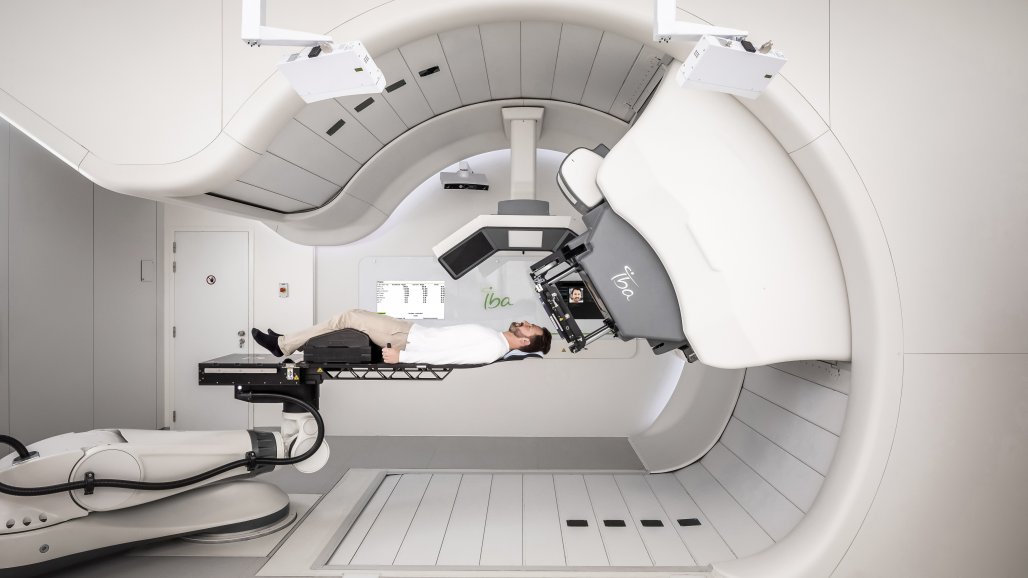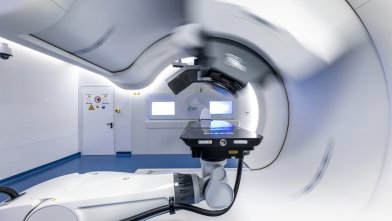Comparing supine and upright positioning in proton therapy
When considering the best positioning for proton therapy, the debate between supine and upright methods has gained traction in recent years. In this article, you will discover a radiation oncologist’s point of view in this debate, explained by Dr. Arie Dosoretz, radiation oncologist and managing partner for Advocate Radiation Oncology and Southwest Florida Proton in Fort Myers, Florida.
Understanding supine vs. upright proton therapy positioning
Historically, patients have been treated while lying down (supine position), a practice that aligns with the majority of medical imaging techniques, such as positron emission tomography (PET) scans and magnetic resonance imaging (MRI) scans. These scans are crucial for blending with radiation treatment planning, and they have always been performed with patients in a supine position. This long-standing method has shaped our understanding of human anatomy and organ movement during breathing. The transition to considering upright systems raises questions about the potential risks associated with changes in organ positioning between the supine position used for imaging and the upright position used for treatment, and the impact that these changes might have on treatment planning.1
Implications of Upright Positioning
Upright positioning in proton therapy is an intriguing concept, but it comes with its own set of challenges. The assumptions made about anatomy and organ functionality while standing or sitting do not necessarily translate from the traditional supine studies. This discrepancy could lead to complications in treatment planning and execution. While some advocates suggest that upright systems could offer benefits, the historical context of how treatment fields have been designed must be considered carefully, including the potential for inaccuracies in targeting tumors.
Effectiveness of Supine Positioning
One of the key advantages of supine positioning is its versatility in treating a wide range of tumors. The ProteusONE system is designed to accommodate virtually any tumor site when patients are lying down. This capability is crucial for ensuring that all necessary treatment areas can be targeted effectively. Given the complexities and financial investments involved in operating a proton therapy center, the reliability of treatment methods is crucial. The supine position has been proven to work across various cases, providing a level of assurance that is essential for patient safety and proton therapy treatment success.
Discover the versatility of ProteusONE in treating a wide variety of cancer types, including complex cases here.
Conclusion
As the field of proton therapy evolves, the conversation around supine vs. upright positioning will continue. The supine position, as offered by IBA’s ProteusONE, has a track record of success and reliability, making it a preferred choice for many practitioners. Shifts towards upright systems must be approached with caution, ensuring that patient care and treatment outcomes remain the top priority.
Discover how ProteusONE’s open gantry configuration enhances patient and staff satisfaction on top of providing cutting-edge tumor targeting here.
References:
- Marano J. et al. Relative thoracic changes from supine to upright patient position: A proton collaborative group study. J Appl Clin Med Phys. 2023;24:e14129.
Notes
Disclaimer: The statements of the healthcare professional included in this testimonial reflect only his opinion and personal experience. They do not necessarily reflect the opinion of any institution with whom he is affiliated or IBA.




